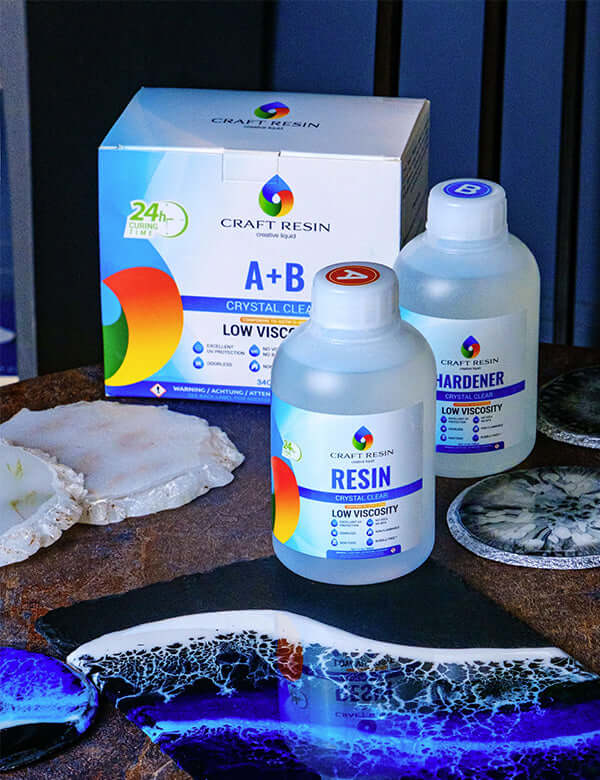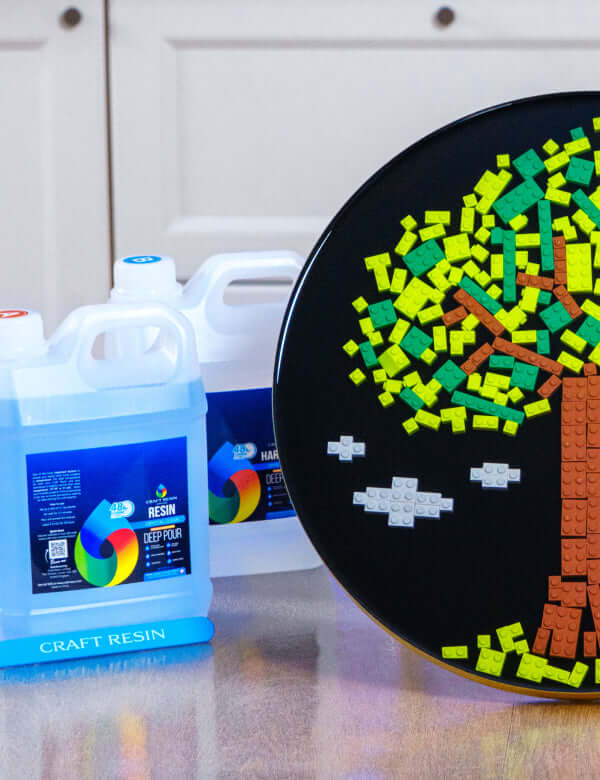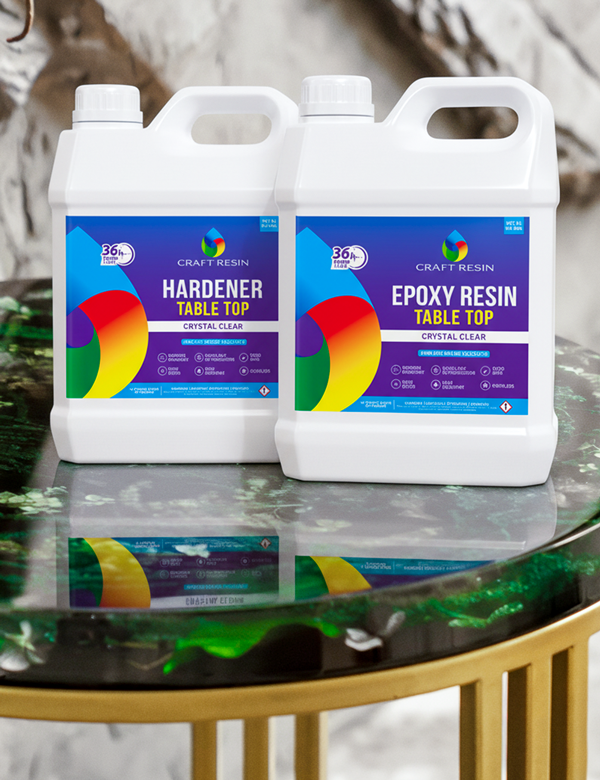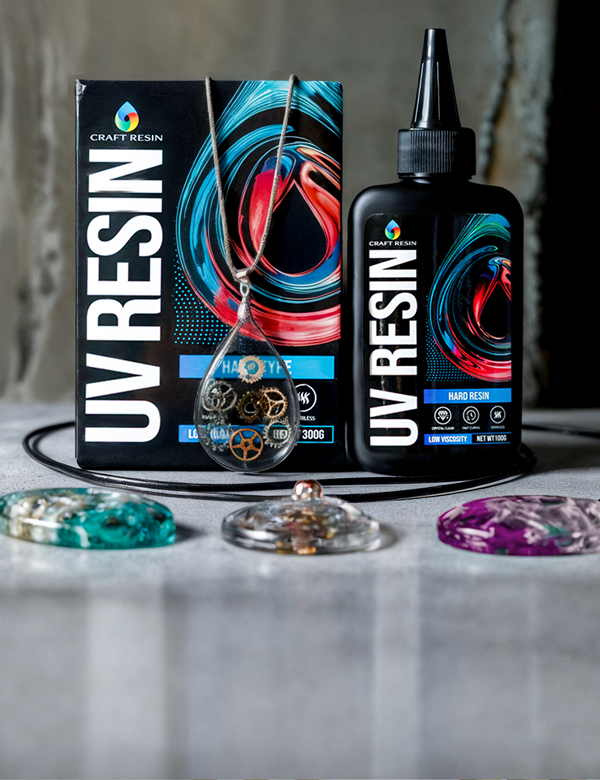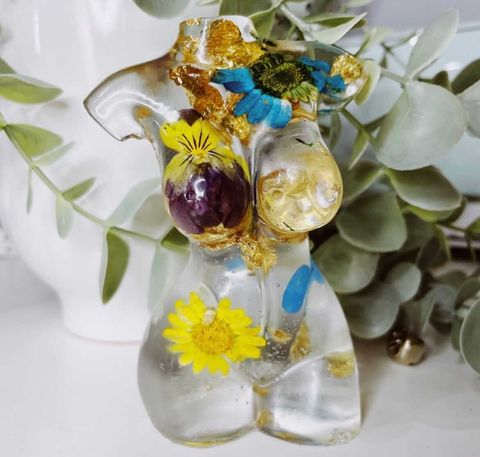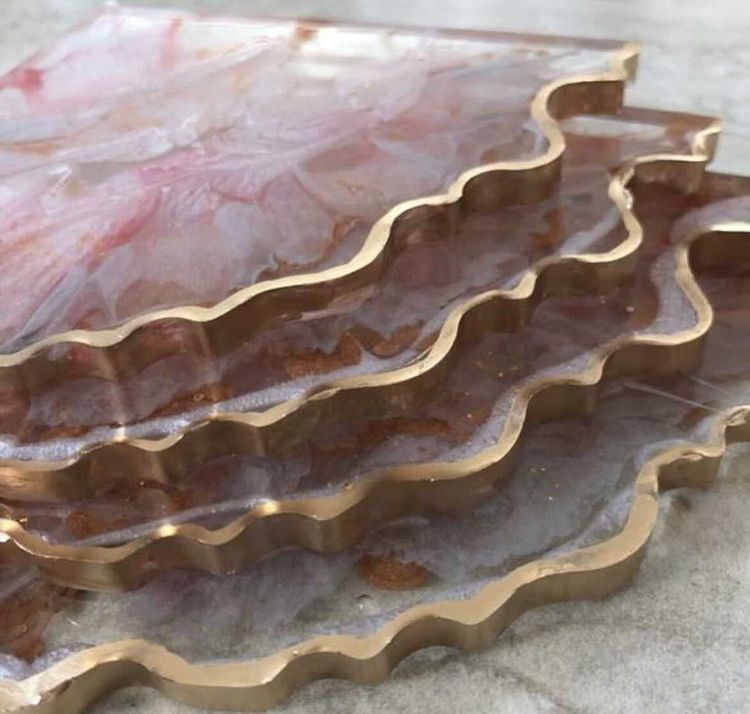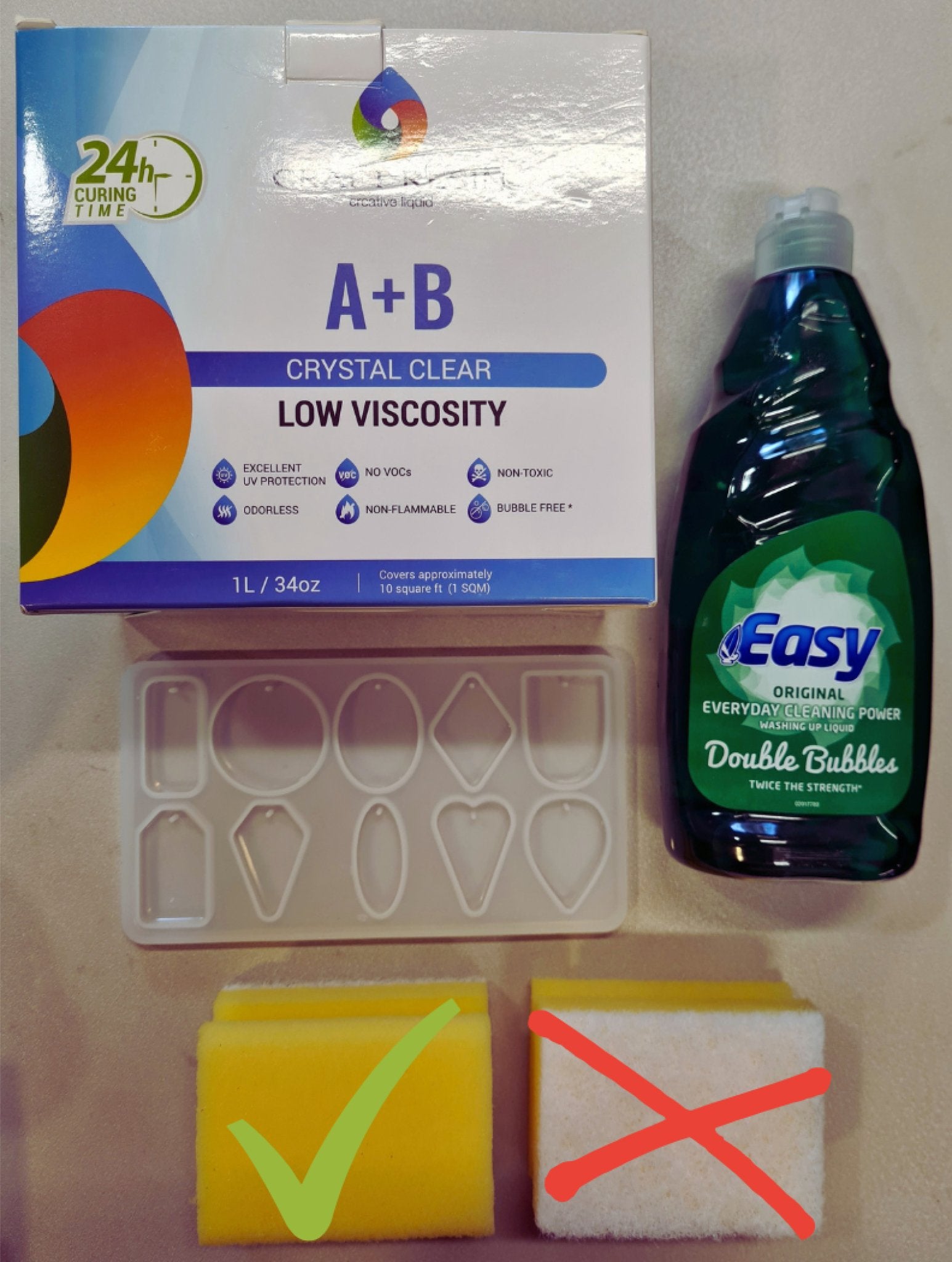Before we begin with this subject I would just like to plead with anyone who may be new to resin art, to put down your best friends precious wedding flowers, please go into the garden/shop and pick/purchase some flowers with much less sentimental value to them, before proceeding past this point!
Fewww, we just needed to get that out the way first, we’re sure you understand why.
Now you have some ordinary flowers, that won’t matter if they are destroyed in the creative process, please continue…
Resin can be a tricky substance to use and to get perfect right from the start, it’s all about getting the techniques right and then experimenting to find your sweet spot with the liquid mix. Whenever you add in anything else to the resin, this can become even trickier. But if you follow the tips below, you’ll have more chance at everything going right, even if it’s your first time using resin.
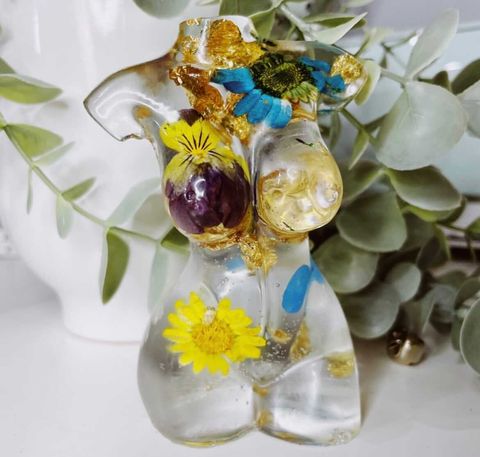
What resin should you use?
Craft Resin’s epoxy resin is the perfect resin to use for casting flowers in (we know, we would say that, but it really is). Our formula has non-yellowing technology, it stays clear (unless you add colours to it) and also creates minimal bubbles if used correctly. This makes adding flowers into our resin a much easier process than you might think.
When using the resin for this project we would recommend letting the resin sit for a short while after pouring into your mold, before placing your flowers in it so that any bubbles that do appear rise to the top and you can disperse them with a heat torch before adding in the flowers.

Should you use dry or fresh flowers in resin?
When casting any natural object into resin, like flowers, you should always use completely dry objects, if you used fresh flowers these could trap moisture in the resin which then has no way to escape and will eventually rot the flowers.
You can dry your flowers by placing them in forestry silica gel beads. Simply prepare the fresh flowers to how you would like them to stay looking when dry and then place them into a container with the gel beads, make sure they are fully covered and then leave them over night. You can tell the beads have soaked up all the moisture when you see the beads turn a different colour.
If you don’t want to use silica gel you can use the old school method of pressing your flowers between book pages. Make sure the book you use has’t got glossy pages, because this won’t soak up any moisture, you want a book with matt pages. Simply prepare your flowers then gently place them on one of the middle pages of the book, close the book and then leave for at least a week. They may need longer, depending on how thick they are, so it’s best to check and allow for this extra time if needed.

Can I pour it all in one go, or will I need to layer my project?
You will need to build your project in layers to achieve great results with Craft Resin and flowers, they are so delicate that they will naturally float to the surface in thicker pours. If you don’t pour a thinner layer of resin and then allow it to dry slightly before then placing your flowers where you want them to sit, they will all float to the top, move out of position and even stick out of the project.
After the first layer has set, you can then start pouring more layers and build your project up to the top of your mold.
The other reason why you want to do flower projects in layers is that the exothermic reaction can have an effect on your flowers and damage them. When you mix and pour larger quantities of resin, the exothermic reaction makes the resin mixture heat up. This causes more bubbles in the mixture because the cure is happening too fast, and it could essential cook your flowers in the resin which can bleach the flowers and change the colour of them.
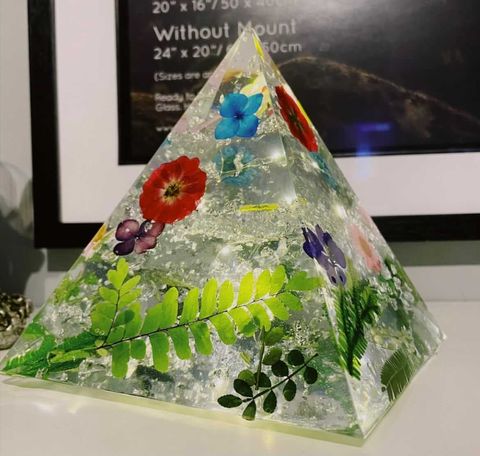
Will all flowers work well in resin projects?
The answer to this is nope, not all flowers will work in resin projects, so if you have a particular type of flower that you want to use, it’s always best to test it out in a smaller project first. And again referring back to the beginning point, don’t test this with sentimental flowers, get some to try that have no sentimental value to anyone!
One way to test this is to paint the resin mix onto one of the petals of the flower of choice, leaving that to set and seeing if it has any effect on the flower, such as a colour change, which is the most common problem to have.
It’s also worth noting to try to only work with flowers that aren’t damaged in any way. Sometimes resin can seep into damaged flowers and cause them to go translucent. This shouldn’t happen to flowers that aren’t damaged in any way. This is a good thing to look out for when casting wedding flowers, sometimes these flowers have had on hell of a party to survive and many of them can be damaged in the process of having fun. Try to pick the ones that have survived if you can.

A special thank you to Chrissy from Stand Together UK, for supplying us with the images for this blog. We hope you find them as inspirational as we do, you can create many projects with flowers in them.
We hope you all enjoy this delicate process of flower casting, please do tag us in any photos of your finished resin projects using @craft.resin

